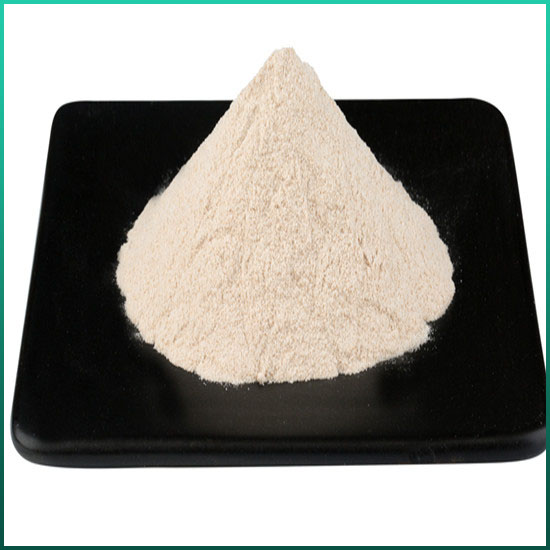Microbial Phytase Produced by bioengineering can degrade phytate and release available phosphorus, calcium, energy and protein. The amount of phosphorus, calcium and other nutrients released increases linearly at the recommended level. When the phytase level exceeds the addition amount of 500ftu / kg, the nutrient release will continue to increase, but the release per unit phytate tends to decrease. Therefore, it is not economical to add phytase beyond the recommended level. β- Glucanase and pentosan enzyme can effectively degrade the content of some raw materials in feed β- Dextran and pentosan. These two water-soluble non starch polysaccharides are anti nutritional factors. These anti nutritional factors can combine with a large amount of water to increase the viscosity of digestive tract fluid. Reduce the effect of nutrient substrate and endogenous enzymes in digestive tract, resulting in the decrease of the effectiveness of nutrients. β- Glucanase and pentosan enzyme added to corn soybean meal diet with less anti nutritional factors did not significantly improve animal performance; Adding it to the diet mainly composed of rye, barley and wheat and the diet containing more unconventional feed materials can greatly improve the production performance of animals. With the increase of unconventional feed content in the diet, the improvement effect is more obvious; The improvement effect of the same diet was more obvious with the increase of enzyme addition, but the improvement effect of unit enzyme decreased. No matter what kind of feed raw materials, excessive addition β- Glucanase and pentosanse are also uneconomic. In conclusion, when preparing the lowest cost diet and calculating the benefits, the enzyme preparation should be included in the formula cost calculation.
2. Factors affecting enzyme activity should be considered
Enzyme preparation itself is a kind of protein. Any factor affecting protein will affect the activity of enzyme preparation. The activity of enzyme increased with the increase of temperature, but when the temperature was high to a certain extent, the enzyme denatured and lost its activity. Generally, the optimum temperature of enzyme activity is 30 ~ 45 ℃. When it exceeds 60 ℃, the enzyme will denature and lose its activity. PH also affects the enzyme activity. When other conditions remain unchanged, the enzyme activity is the highest in a certain pH range. Generally, the optimum pH of enzyme activity is close to neutral (6.5 ~ 8.0). However, there are exceptions, such as the optimal pH of pepsin is 1.5 [7]. Monoiodoacetic acid, ferricyanide and heavy metal ions can bind or react with the essential groups of the enzyme, resulting in the loss of enzyme activity. Therefore, in the process of feed production, we must pay attention to the influence of temperature, acidity and alkalinity, heavy metal ions and other factors on the enzyme preparation, in order to achieve the best use effect of the enzyme preparation.
3. The effective content and price shall be considered when purchasing enzyme preparation
There are many kinds of enzyme preparations on the market. When purchasing enzyme preparations, users must choose enzyme preparations that can not only ensure the effective content, but also be cheaper. They should not only consider the cheap price and not consider the effective content.
4. Feeding objects should be considered when using enzyme preparations
The effect of enzyme preparation was obvious in monogastric animals, but not in herbivores. Therefore, the addition of enzyme preparation can not be considered in the feed of herbivores.
5. Attention should be paid to the quality inspection of enzyme preparations
Now many feed testing departments can test the effective content of enzyme preparations. When purchasing, users can send samples to relevant departments for inspection to ensure the reliable quality of purchased enzyme preparations.


